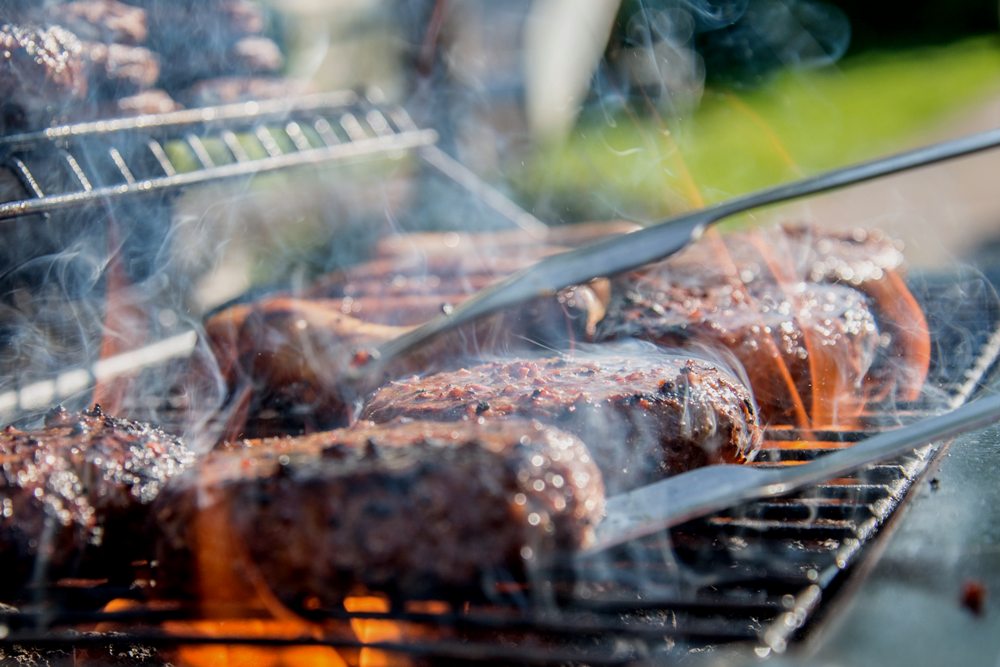
If you want to grill a delicious piece of meat, you may wish to use a meat thermometer. That way, you won't have to guess whether your meat is done or slice into it before it's ready. An advantage of using a meat thermometer when grilling is knowing the internal temperature of the meat you are cooking since temperatures vary depending on the type of food and cutof the meat. A cooking temperature chart can also be a great guide to help you see the ideal internal temperatures for different types of meat. A cooking thermometer can let you know when your meat of food is done cooking, and aids you when cooking so as to avoid overcooking or undercooking. It can also enable you to identify the hot and cold spots of your grill in order to help you make the adjustments necessary to achieve consistently even temperatures despite where the meat is positioned on the grill.
To use a meat thermometer, start by placing the utensil's tip into the thickest portion of the meat, keeping it away from any bones. To get an accurate reading, you may need to let the thermometer remain stationary for a few seconds depending on the thermometer. Check the largest, smallest, and intermediate pieces of meat if you're cooking many pieces of meat at once (for instance, chicken thighs). The smallest amount will most likely be done before the largest, and you don't want to overcook it by failing to check it. You'll need to check the internal temperature of bigger cuts of meat in several places. This will give you a better idea of how thoroughly the meat has been cooked overall. If the meat isn't done to your taste, grill it for a few more minutes and recheck the internal temperature. Be careful at this point since every time you remove the lid, the heat from the grill (or oven) escapes. You don't want to check it too frequently until it's almost done cooking.
When cooking in the oven, temperatures are adjusted to suit different food types; and the same is true when barbecuing. Using the right cooking method and temperatures for the ingredients help retain moisture and flavor, but it is also crucial for food safety. To ensure that your grill reaches the proper temperature, preheat it for 15 to 25 minutes before you begin cooking which should kill any bacteria. High heat should be 450-600°F, medium heat 325-350°F, and low heat 225-250°F. A hot grill sears meats on contact, keeping the inside wet and preventing sticking. Contrary to common assumption, searing does not 'seal in' the liquids, although it can increase flavor through caramelization. Therefore, ensure you avoid any temperature above the standard.
EDITORIAL POLICY
Editorial Policy: The Flash List is dedicated to providing trustworthy editorial content by maintaining strict ethical standards, journalistic integrity, and credible professionalism regardless of any remuneration as working media. The Flash List is not affiliated with third-party companies mentioned and makes no endorsement or guarantee expressed or implied. The preceding article is intended for informational reference only, and does not constitute advice of any kind. Moreover, a qualified professional should be consulted regarding any lifestyle consideration, medical treatment, or monetary transaction, etc. Content contains affiliated link(s) for which compensation was received in accordance with USFTC regulations and terms and conditions.
MORE ON THE FLASH LIST
































